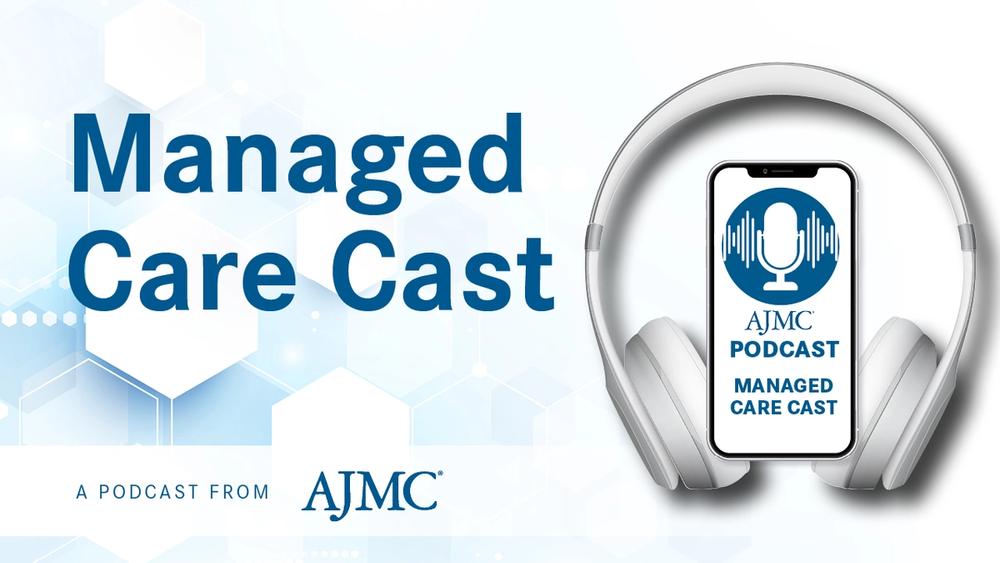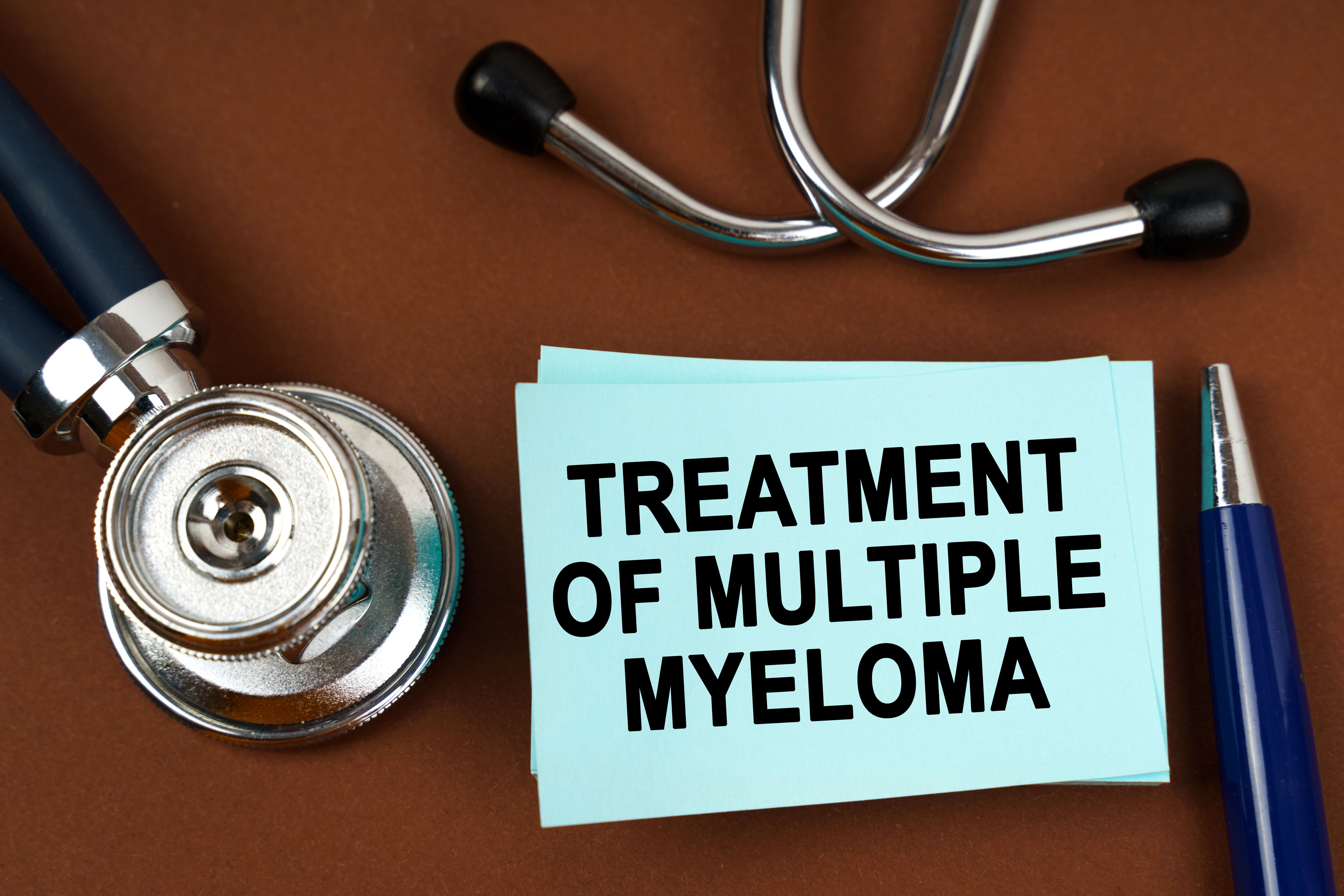Commentary
Video
Community Engagement Is Key to Translating Cancer Research Into Policy: Kimlin Tam Ashing, PhD
Author(s):
Kimlin Tam Ashing, PhD, of City of Hope National Medical Center, emphasizes the vital role of community engagement in cancer research, enhancing trust and communication between scientists and communities.
During an interview with The American Journal of Managed Care® at the American Association for Cancer Research Annual Meeting 2025, Kimlin Tam Ashing, PhD, professor and founding director of the Center of Community Alliance for Research & Education at City of Hope National Medical Center, defines community engagement and describes its role in translating research findings into the development of cancer-related policies.
She further explored these topics during her presentation, "The Science and Art of Community Engagement for Translating Research into Cancer-Related Policy and Implementation," delivered Friday as part of the session, "The Science and Art of Community Outreach and Engagement: Building Sustainable Healthy Communities."
This transcript has been lightly edited; captions were auto-generated.
Transcript
Your presentation is titled, "The Science and Art of Community Engagement for Translating Research into Cancer-Related Policy and Implementation." Could you define what community engagement means in this context? Why is it important in the cancer research and policy space?
Well, community engagement is so fundamental to the science that we do. I think, as scientists, we really have been late to embracing that approach, but communities are clearly ready. They understand that data is important, and that if there is not data on your community, on your population, you kind of don't exist in the medical realm.
I think the scientists and the communities are now coming together. The communities serve several purposes. We work with community partners to advance the relevance and the responsiveness of our science to communities' needs so that we are directly addressing the interaction of cancer, society, and communities.
Furthermore, the community partners can improve our trustworthiness within community settings. It also works clearly with us to address policy and funding. Importantly, our community partners can be our voice to accelerate science communication and the belief that science belongs to the public. I think we haven't done a good job of doing that, so our community partners can be trusted representatives of the community to be an extension of our voice and partners in our voice.
How does effective community engagement help bridge the gap between research findings and the development or implementation of cancer-related policies?
Our community partners can help us develop a way of communicating that science. What are the important key elements of the findings in a way that the community could understand? It's translating in terms of the technological terms, translating in terms of different languages.
Our communities are clearly very diverse in terms of linguistic capacity, so it's so important that they help us develop the language, the presentation, and the platform that's used; different communities use different platforms. There could be radio, newsletters, local newspapers, television, and, of course, social media that's distinct to the communities that they serve.
They [community partners] help us, not only with the content, but also images, the platform, and the way that is communicated so that it reaches those who really need this information and knowledge.




